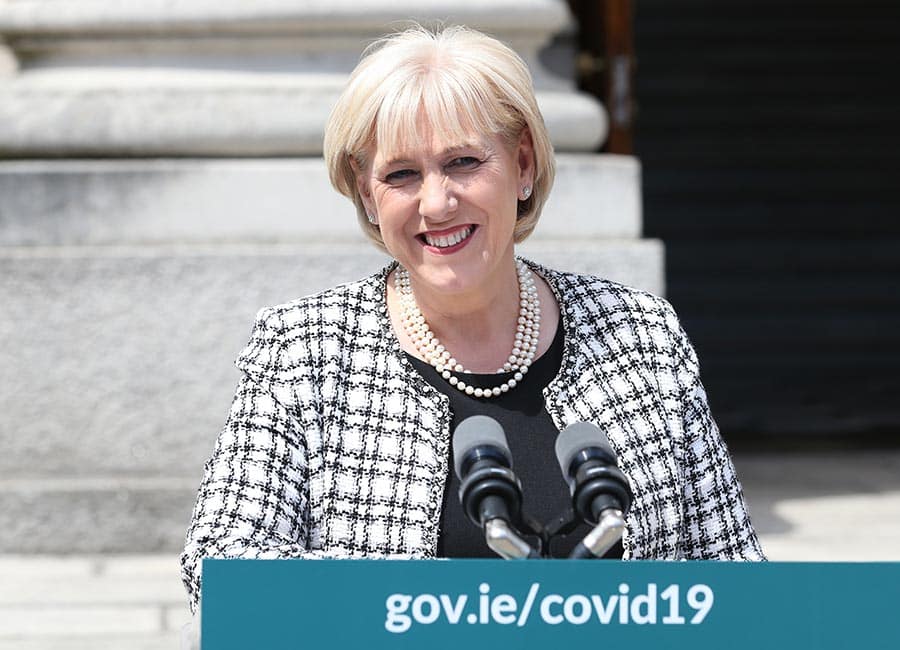State spending on social protection rose to €59.1bn in 2021, but spending as proportion of gross domestic product (GDP) and modified gross national product (GNI*) fell from year-on-year
Figures from the Central Statistics Office (CSO) show social protection expenditure equated to 14% of GDP and 25% of GNI*, down from 14% and 25%, respectively, in 2020. The total represented an increase of 2.2% or €1.2bn from the previous year.
Expenditure on sickness payments accounted for a plurality of spending at €23.6bn, up 7.3% from €21.9bn in 2020, with old age pensions accounting for €15.9bn, up 4.5% from €15.3bn a year prior.
Spending on unemployment payments fell by more than 16% from €7.3bn to €6.1bn while still close to triple the 2019 total (€2.2bn) as the level of Covid supports for disrupted workers declined in line with the easing of public health restrictions.
The remaining €1.14bn in payments was accounted for by families (€4.8bn), people with disabilities (€2.8bn), housing supports (€2.2bn), survivors (€1.4bn), and social exclusion supports (€301).

An additional €1.6bn was spent on sickness and €700m on old age year-on-year. On a per capita basis, the state spent €11,348 per person on social protection, predominancy financed by government funding (63%) and employers' social contributions (24%).
The state spent €21bn or 35.5% of social protection expenditure on public health schemes, €14.6bn on the social insurance fund, €9.9bn on Department of Social Protection voted expenditure, €4.9bn on government employment, €3.7bn on private occupational pensions, €2.1bn on housing, €84m on child protection.
Some 43% of expenditure was on non-means-test cash benefits and a further 33% on non-means-tested benefits in kind, with around 21% on means tested cash benefits (12%) and benefits in kind (9%), and 3% on administration costs.
Photo: Minister for Social Protection Heather Humphreys. (Pic: Sasko Lazarov / Photocall Ireland)








